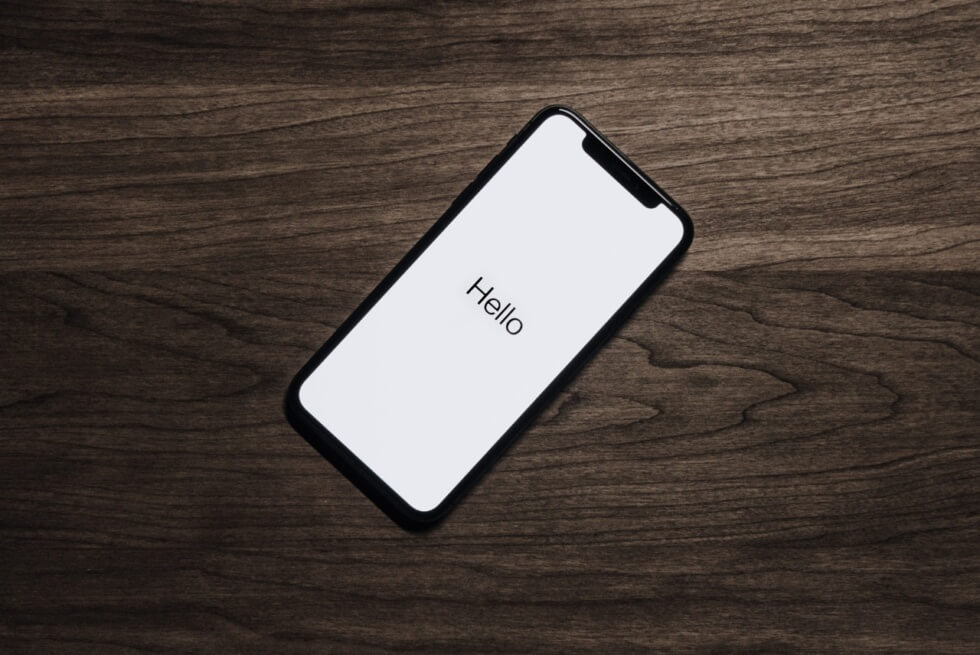Did you know that the mobile location tracking and monitoring industry is worth more than $12 billion?
While some of the players in this industry use ethical methods, it’s safe to assume that many of the companies collecting data from your iPhone are less than transparent.
Here are seven security hacks that can help you safeguard your location data as well as other information on your iPhone.
1. Encrypt Your iPhone
A less-known fact about iPhone and other iOS devices is that they bring basic encryption features. In simple terms, this allows you to codify your phone with innovative technology. So, even if your phone falls into the wrong hands, it won’t be accessible.
You need to ensure that you have a passcode set up first in order to activate your device encryption. Remember, encryption protects the data on your devices but not the information backed up on Apple servers.
Moreover, you can also encrypt your internet connection by using a VPN while you browse the web. If you’re not sure what this is, learning the VPN meaning on iPhone can help you add a solid layer of protection to your device.
2. Resize the Keyboard
Social engineers can use a combination of digital and in-person methods to extract information. So, in addition to protecting your iPhone through encryption, it’s also advisable to take extra steps to prevent information leaks.
A good way to limit visibility on your screen and avoid snoopers from looking at your screen is by resizing the keyword. You can do this directly on your keyboard by clicking the language icon, and then holding the emoji button.
This way even if someone is trying to spy on you from behind your back–they won’t see anything.
3. Limit Location Tracking
GPS tracking devices can narrow down your location within a 5 meter radius. The problem is that mobile device manufacturers are not always transparent about their tracking, and Apple is no exception.
If you want to avoid this, go to your phone settings and clear your location history. After this, you should also disable location tracking altogether to prevent this data from reappearing on your phone.
4. Adjust Other Privacy Settings
In addition to your location, your phone contains a significant amount of private information. From your photos to the conversations you have with your friends and family, apps can request and gain access to sensitive data on your device.
These permissions are not automatically revoked when you upgrade your phone or OS. So, it’s important to review your privacy settings and remove permissions from unused apps. This is also a good time for you to review and adjust other privacy settings.
5. Sign Documents Safely
Official documents and other important paperwork are often sent in PDF digital format. If you received documents in this format, you usually had to print out these documents and sign them in order to submit them. This created an unnecessary paper trail of sensitive paperwork.
Now, iPhones allow you to easily sign PDFs safely without having to print them out. Simply open the PDF on your iPhone and click on the pen icon located in one of the corners.
6. Help Siri Find You When Lost
If you misplace your phone, it’s very easy for people to track you down and return it. In these cases, the person who found your device can simply hold down the home button and ask Siri who the owner is.
Now, you need to update your information so that Siri can find its way home. You can do this by looking for the My Info tab under your Contacts app and verifying your contact details.
7. Eject Water from Your Speakers
New iPhone models are water resistant. But, having water pooled in your speakers can cause long-term damage. This poses a direct physical threat to your phone’s integrity.
For this reason, Apple has included an Eject Water option, which is accessible through Siri shortcuts.
Conclusion
Keeping your iPhone safe in all senses of the word is a challenge. To minimize your chances of suffering a breach or a physical malfunction, make sure to encrypt your connection, keep your contact information updated, and follow the other tips we listed above.







